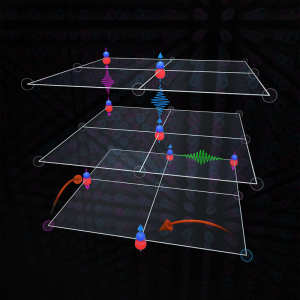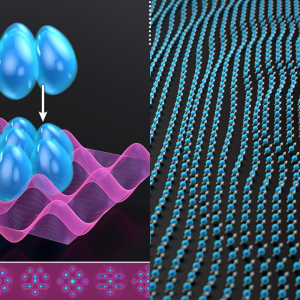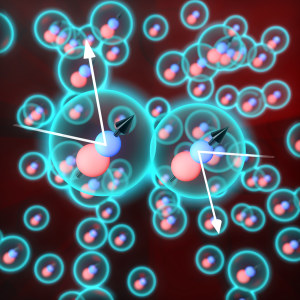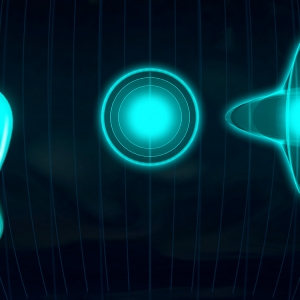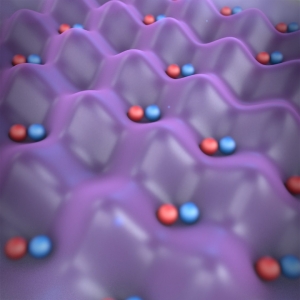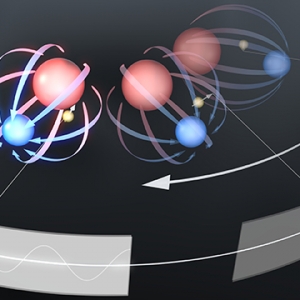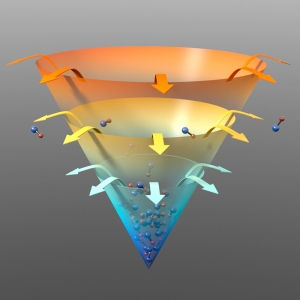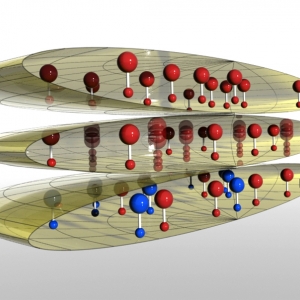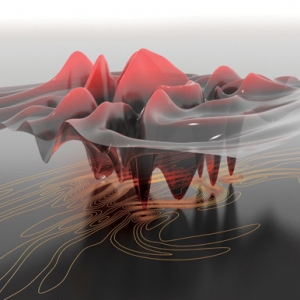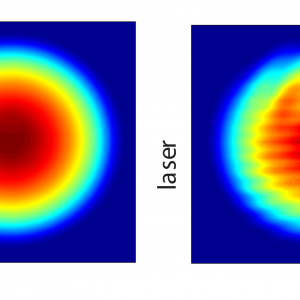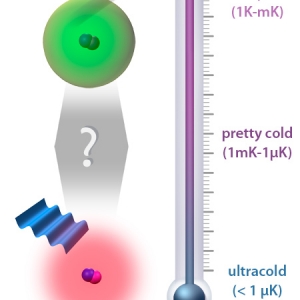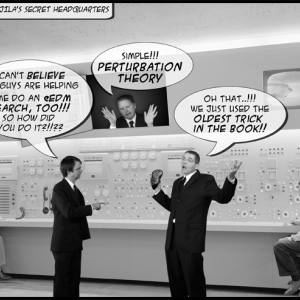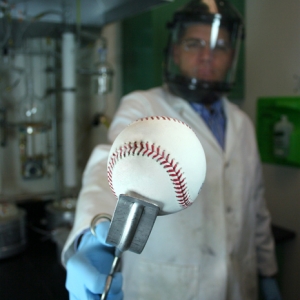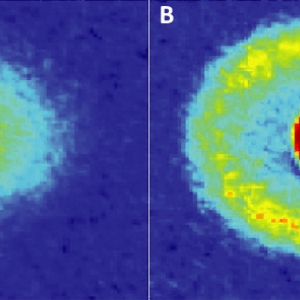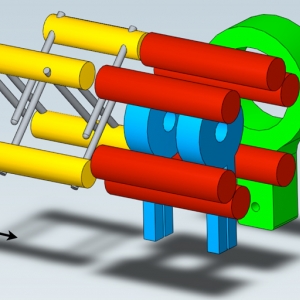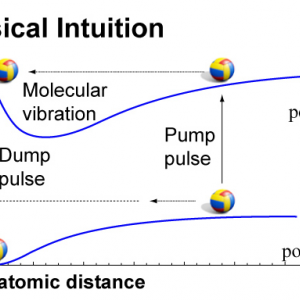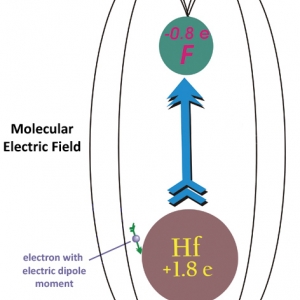Research Highlights
Laser Physics | Precision Measurement | Quantum Information Science & Technology
Where Motion Meets Spin: A Quantum Leap in Simulating Magnetism
Published:
PI: Jun Ye | PI: Ana Maria Rey | PI: John Bohn
Atomic & Molecular Physics | Precision Measurement | Quantum Information Science & Technology
A Tale of Two Dipoles
Published:
PI: John Bohn
Quantum Information Science & Technology
Don’t React, Interact: Looking Into Inert Molecular Gases
Published:
PI: John Bohn | PI: Jun Ye
Quantum Information Science & Technology
From Liquid to Gas: A Way to study BEC
Published:
PI: John Bohn
Atomic & Molecular Physics
Quantum Adventures with Cold Molecules
Published:
PI: Ana Maria Rey | PI: John Bohn | PI: Jun Ye
Precision Measurement
The Dipolar Express
Published:
PI: Eric Cornell | PI: John Bohn | PI: Jun Ye
Quantum Information Science & Technology
The Quantum Control Room
Published:
PI: Deborah Jin | PI: John Bohn | PI: Jun Ye
Atomic & Molecular Physics | Precision Measurement
The Coldest Horse in the Race
Published:
PI: John Bohn
Atomic & Molecular Physics
The Oldest Trick in the Book
Published:
PI: Eric Cornell | PI: John Bohn
Atomic & Molecular Physics
Exploring a Cold New World
Published:
PI: Chris Greene | PI: John Bohn | PI: Jun Ye





